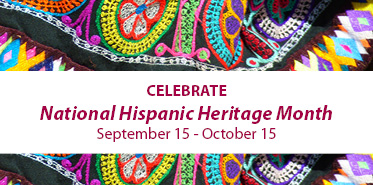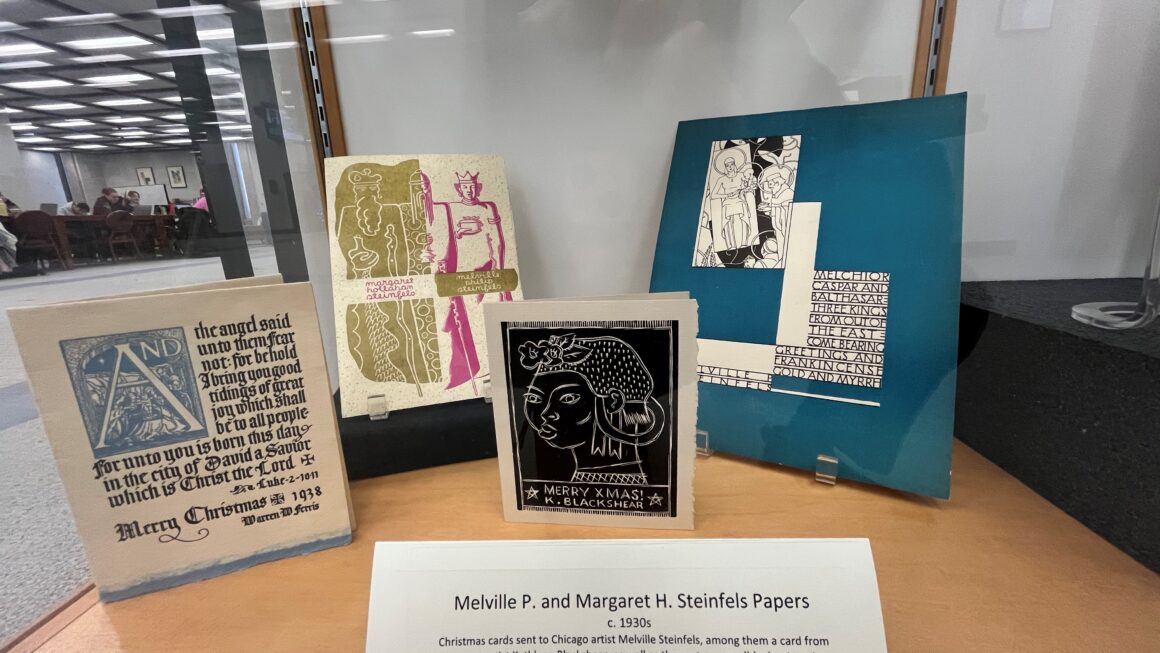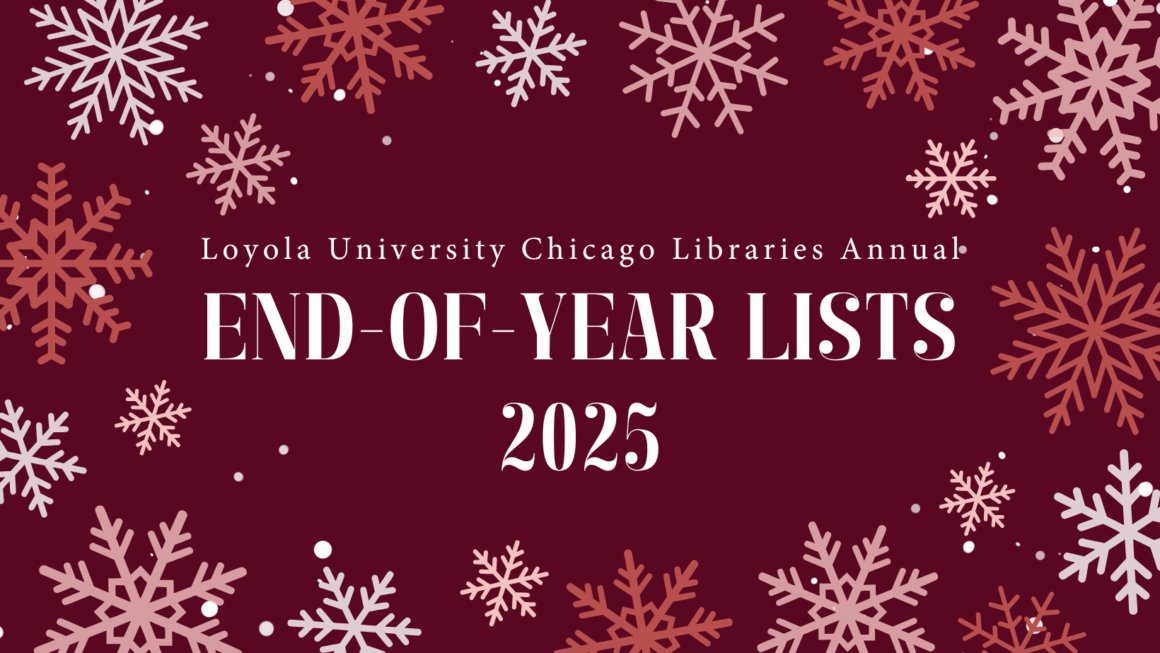The City of Chicago experienced the celebration of Mexican Independence Day throughout neighborhoods and in the downtown area, this past week. September and October holds significance for the Latinx and Hispanic communities, though the cars honking and people dancing in the streets brings both joy to the revelers and frustration to motorists.
Many Latin American countries celebrate the anniversary of their independences this month. Costa Rica, El Salvador, Guatemala, Honduras and Nicaragua celebrates September 15th, Mexico on the 16th, and Chile on the 18th. Independence observances vary between these countries, but traditionally, many Mexican-American’s stay up the night before to watch the Cry of Dolores/El Grito on their television. This year, due to social distancing, the Plaza de Zócalo in Mexico City was empty of their citizens but full of lights and fireworks.
These celebrations go hand in hand with National Hispanic Heritage Month, which is observed, from September 15-October 15. Through the celebration of independence days, we observe histories, cultures and of course the many contributions from the Hispanic and Latinx community.
The observation of Hispanic Heritage Week started in 1968, under President Lyndon Johnson. This was later expanded by President Ronald Reagan in 1988 to cover a 30-day period starting on September 15 and ending on October 15. This change was enacted into law on August 17, 1988, with the approval of Public Law 100-402.
To celebrate, the University Libraries is displaying a Hispanic Heritage Month Read-In Library research guide, which includes eBooks and streaming films: http://bit.ly/HHMReadIn



